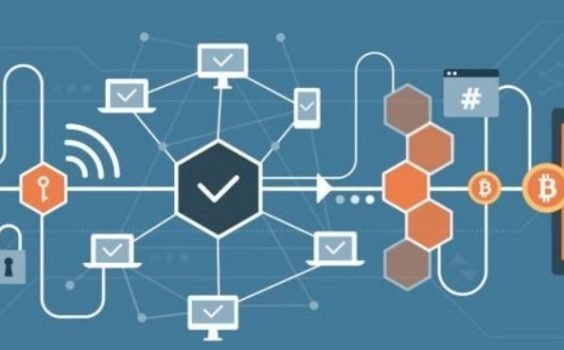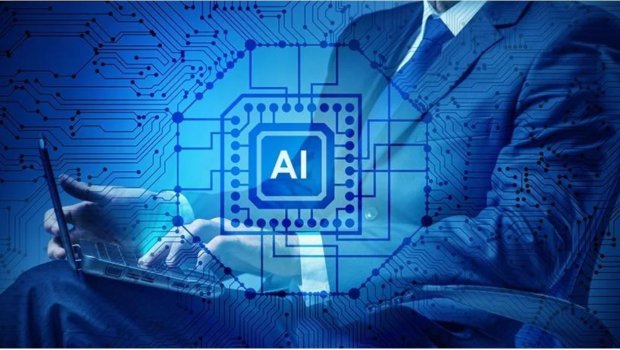Why Web3 represents a new frontier for personal data ownership
- Technology Solutions
- 0 Replies
The idea of handing over personal data and access to our browsing habits to be able to access online services is something to which we’ve become so accustomed, we don’t even question it anymore. However, the dawn of Web3 is introducing a new paradigm of data ownership, one where we own our personal data and can determine who accesses it and how it’s used. But what does that mean for the vast global economy that exists around data in Web2?
Just how big is the data economy?
Quantifying the scale of the global data economy is a gargantuan task. Statista estimates that the value of the data economy in the UK and EU in 2020 was around $440 billion and estimates it could grow to as much as $1 trillion within the next three years. But how do you define the boundaries of the data economy? Statista’s definition is the value derived from the “generation, collection, storage, processing, distribution, analysis, elaboration, delivery and exploitation of data enabled by digital technologies.”
But as it’s been pointed out in the past, every company is a data company because the Web2 model has evolved around the idea of intermediary platforms that only really exist for harvesting data. It’s a model that’s become pervasive, taking over entire industries, and it’s almost universally detrimental.
Marketplaces like Amazon and Etsy have taken over ecommerce to the chagrin of small sellers who see their profits diminished thanks to ever-rising fees. Uber has taken over the personal transport and now food delivery businesses, inflating the cost of a takeout meal by more than 40% in some cases.
In each case, it’s the same pattern – the platform moves in, creates a virtual monopoly, and then starts hiking fees in the knowledge that people will pay for convenience, and sellers have no other choice because they can’t compete on scale. But as well as turning the screws on fees, these firms are also doing a roaring trade in the vast amounts of user data they collect.
Continue reading: https://venturebeat.com/2022/05/28/why-web3-represents-a-new-frontier-for-personal-data-ownership/
Just how big is the data economy?
Quantifying the scale of the global data economy is a gargantuan task. Statista estimates that the value of the data economy in the UK and EU in 2020 was around $440 billion and estimates it could grow to as much as $1 trillion within the next three years. But how do you define the boundaries of the data economy? Statista’s definition is the value derived from the “generation, collection, storage, processing, distribution, analysis, elaboration, delivery and exploitation of data enabled by digital technologies.”
But as it’s been pointed out in the past, every company is a data company because the Web2 model has evolved around the idea of intermediary platforms that only really exist for harvesting data. It’s a model that’s become pervasive, taking over entire industries, and it’s almost universally detrimental.
Marketplaces like Amazon and Etsy have taken over ecommerce to the chagrin of small sellers who see their profits diminished thanks to ever-rising fees. Uber has taken over the personal transport and now food delivery businesses, inflating the cost of a takeout meal by more than 40% in some cases.
In each case, it’s the same pattern – the platform moves in, creates a virtual monopoly, and then starts hiking fees in the knowledge that people will pay for convenience, and sellers have no other choice because they can’t compete on scale. But as well as turning the screws on fees, these firms are also doing a roaring trade in the vast amounts of user data they collect.
Continue reading: https://venturebeat.com/2022/05/28/why-web3-represents-a-new-frontier-for-personal-data-ownership/

























